The enduring attraction of Panoramics
Like many photographers ‘of a generation’, when I began using cameras, they used 120, 5×4 and 35mm. Over my photographic exploration, I used cameras from all the usual suspects and all the formats.
I always had a liking for rangefinder cameras, and the Fuji 6×4.5, 6×7, and 6×9 cameras were wonderful. In 1999 I bought a Fuji 6×17 camera and I found the angle of view and the format captured my imagination, it was like seeing in a different way, but it was huge and cost a fortune to feed. I had also used a panoramic back on 5×4 and a Mamiya press.
Fast forward a few years and I was using Contax 35mm, Leica 35mm, Hasselblad 6×6, Mamiya 6×7 and MPP 5×4.
I read about a new camera that had been launched, an Hasselblad XPan and was fascinated at the thought of having a normal 35mm format and a panoramic image using two frames all in one body.



I bought my first XPan secondhand with a 45mm lens (equivalent to 25mm in 35mm format) and acquired a second body with a 90mm lens (equivalent to 50mm 35mm format) and then the 30mm ultra-wide angle lens (equivalent to 17mm in 35mm format). So one body plus 3 lenses gave 17/30, 25/45 and 50/90.
I am not going to write about specs or technical detail. There are lots of articles on the XPan and Fuji equivalent online.
It really was like getting a new pair of eyes. I started to see in different ways even though I loved 6×6, 5×4, 6×9 and 6×7, but there was something about panoramas that attracted me, maybe it was the similarity to cinema formats.
The first panorama I ever made was at the age of maybe 13-14; I stood at the top of a mountain in Switzerland and thought how do I capture all of this beauty, the mountains and the lakes which took up my whole field of view, so I took a series of photographs and joined the final prints from a laboratory together later.
The first panoramic image which imbeded itself into my subconscious was by the Japanese artist Hasegawa Tōhaku, a screen made of drawings in ink on paper from around 1595, which I saw when I was a student. I think that sowed the seed for my interest in panoramics.
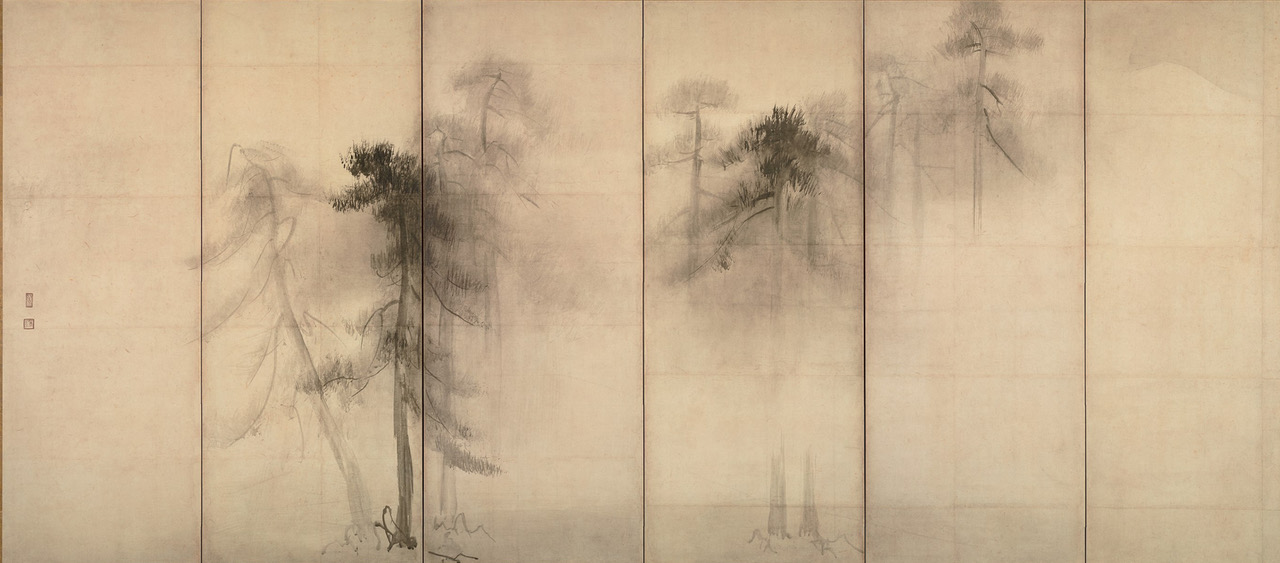
I used the XPan for all types of photography from portrait to landscape, reportage and fashion to still life, the format just fascinated me. The most difficult part of using the format was creating vertical images.
Not long after buying the XPans, I bought my first digital camera, a Fuji compact camera, and it was incredible to be able to see images very quickly and upload them to a computer it was a portent of the future.
Around 2005~2006 I started to work more and more digitally. I was still using the XPan and large format/roll film, but digital was starting to explode and offered speed and flexibility with quality increasing at breakneck speed.
Mike Johnston (The Online Photographer) displayed a photo on his site of him holding an A1 print made from a Minolta Digital camera, and I thought wow.
I eventually sold the XPan and other film equipment and concentrated solely on digital but sadly missed the format.


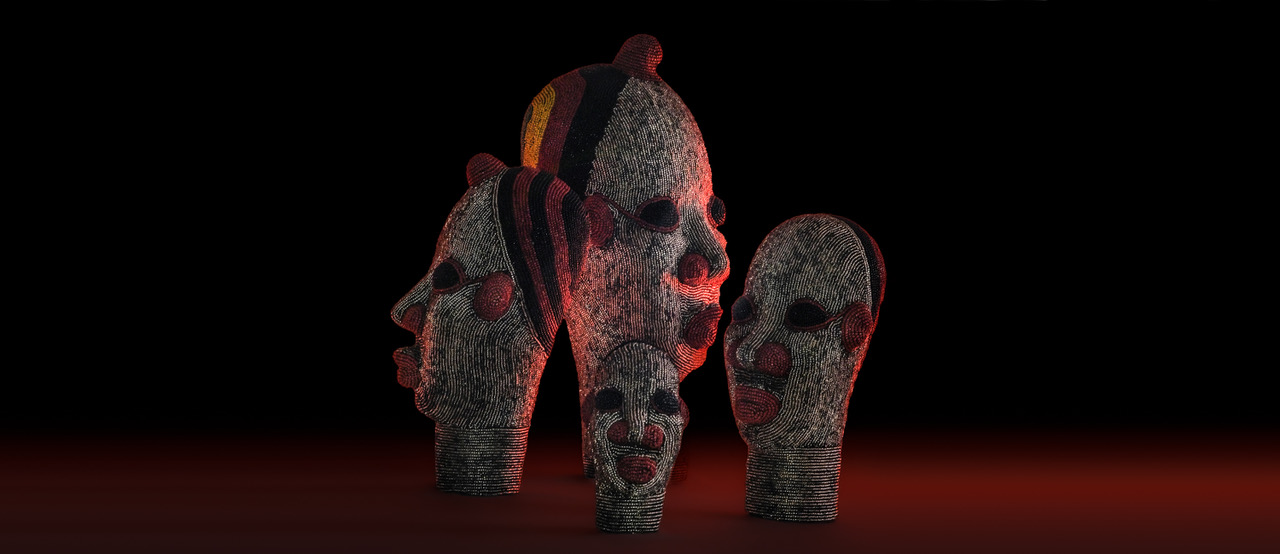
I spoke to Hasselblad and asked if they would launch a digital XPan. They said they were exploring the possibilities but then the EU banned equipment using particular materials in the process of construction which meant that the XPan and Pentax 6×7 were condemned to antiquity.
I continued to make panoramas joining digital images together or using the panoramic function on cameras, but still longed for that view through the Xpan viewfinder. The appeal was not just a size of image, but also the viewfinder, there is something about a direct rangefinder view I find very appealing.
Fast forward again, and I’ve just read an article published by MPB, who are probably the best secondhand camera equipment company in the world, and they don’t just stop at selling cameras and making money, they publish interviews and articles about cameras and photography.
The latest mail shot had an article about the XPan and being able to create a digital equivalent of the XPan. The article shows a sigma Sigma DP0 Quattro, a Fuji GFX 50R, which has the XPan format as part of its setup, and it also shows an Hasselblad X1D-50c which they were cropping to XPan shape. The Quattro is virtually the same shape as the XPan format anyway.

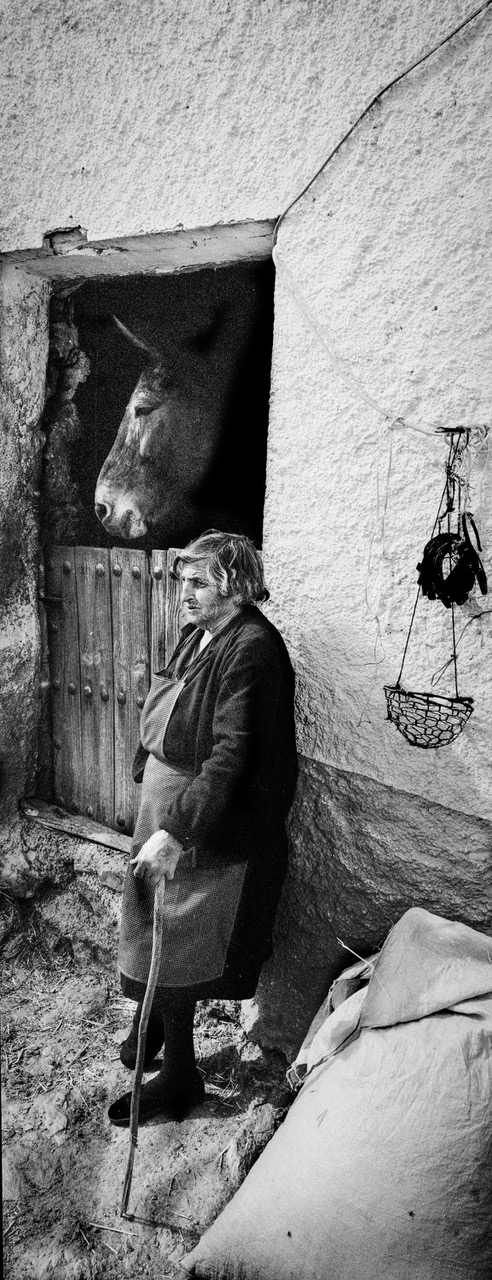
So I started to think I don’t want to be buying you cameras, I don’t want to be changing, I’m very happy with the Fuji cameras I’ve got. So what could I do to make images and see the correct view in camera?
Quite a few years ago worked out that by taking two images which overlapped, I could create the XPan format. Also, I have had a custom XPan crop in Lightroom since the early days.
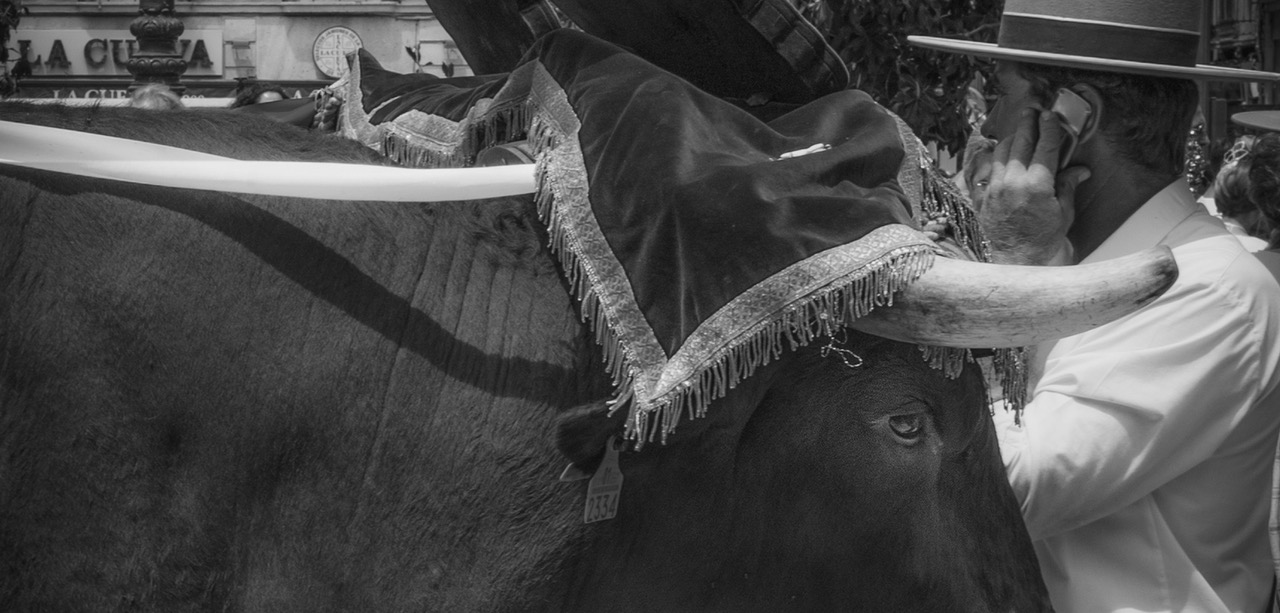
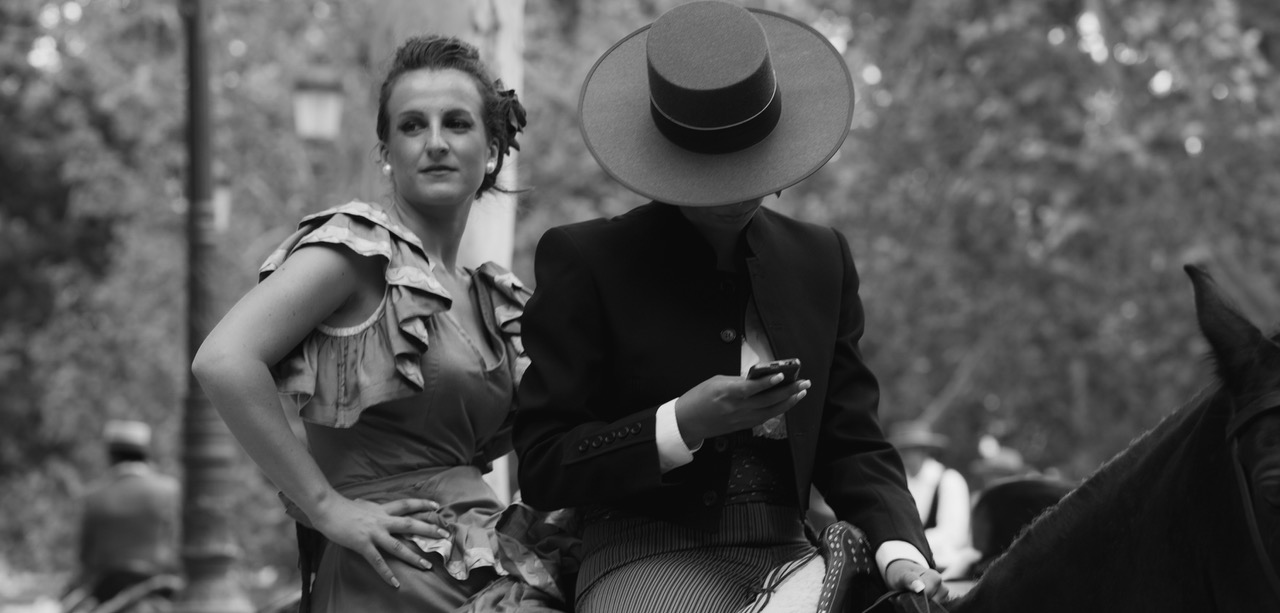

I started to think, and I picked up a camera, looked in the viewfinder, set 16×9 format and put the 9 block grid lines on I could see that the bottom two rows of the grid or the top two rows of the grid made an approximate XPan shape, and this will work on any camera which has grid lines.
Then I started to play with an X-Pro body and realised if I used the frame lines in the optical viewfinder for the 16×9 frame, then from the bottom of the frame lines up to the top of the little square for focusing in the middle of the viewfinder then you have roughly an XPan format.


I then thought what if Fuji could modify the 16×9 frame lines on the optical viewfinder on a future X-Pro model by putting a wing on each side and then you would actually get the XPan format and 16×9 in the same frame lines?
I am enclosing some images from an XPan and digital crops made to the format.
Regards
Happy New Year
David






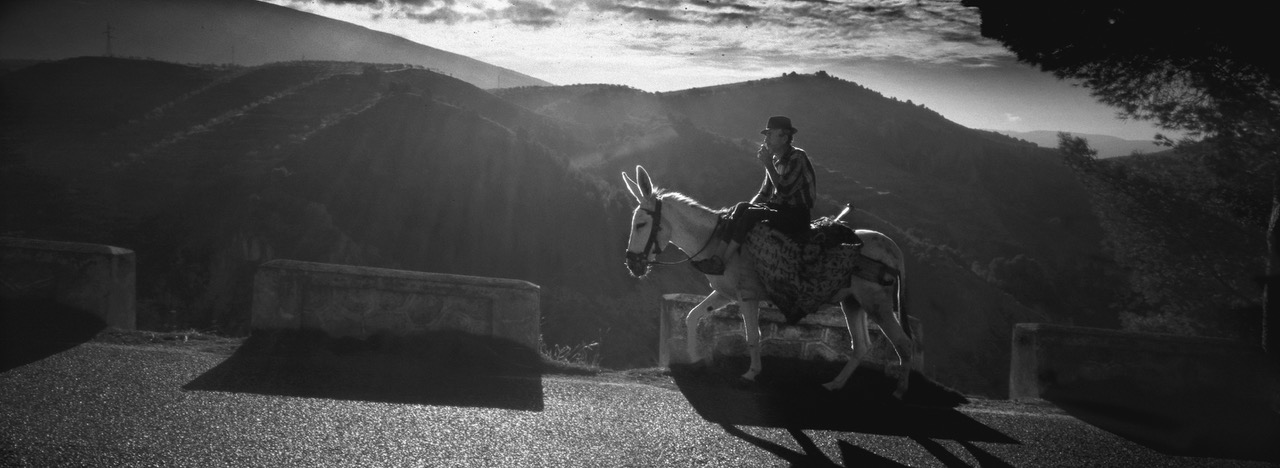

“I was born in the UK and worked as a graphic designer and photographer for most of my life and I feel privileged to have been doing what I love throughout my life and been paid for the pleasure.
I started to take photographs with a Box Brownie at the age of 7 or 8 years old, but the big revelation came when I was 10 and I watched my cousin develop a black and white print using a home made enlarger, ‘that was it, I was hooked’.
The next momentous photographic event came on top of a mountain in Switzerland at the age of 13 when I suddenly thought how do I capture the whole scene. ‘I suddenly knew!’ if I took a series of photographs with my Kodak 127 then join the prints later that should work. It did! 50 years later I am still making panoramic photographs but now digitally though I do occasionally miss the Xpan panoramic camera which stands out among the mass of 5 x 4, roll film, 35mm cameras I have used over the years.
I have shot fashion, cars, musicians, products, hung out of helicopters, photographed air to air and covered the Silver jubilee of the British Queen, but I now work solely on my personal projects.”



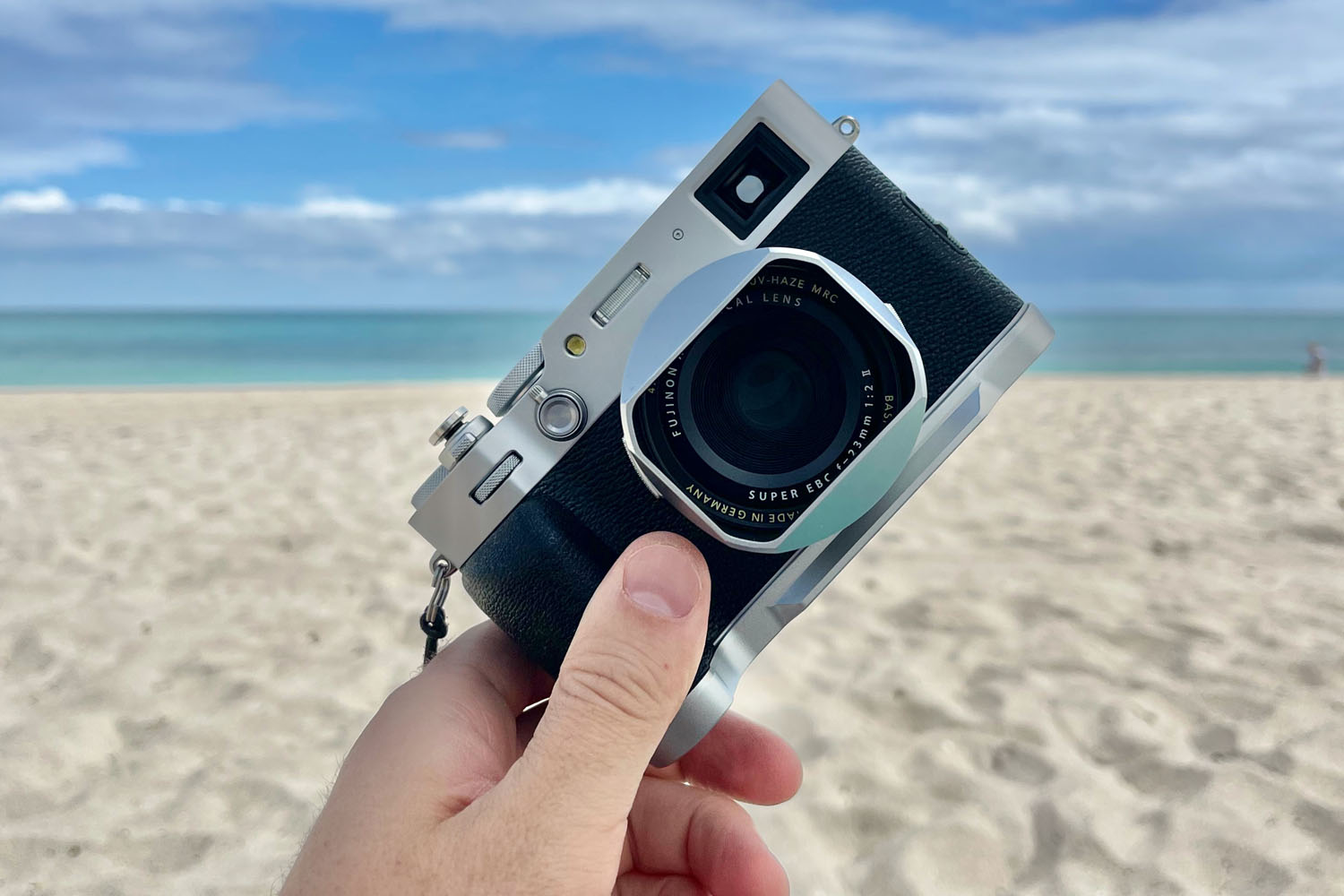

andrei
January 11, 2023 @ 9:32 am
nice article 🙂
recently i’ve also been enjoying the 2.4:1 crop, like the x-pan format. i started by cropping images, then researching panoramic film cameras, then i tried some 3d printed mask that goes between the sensor and the lens, but that really didn’t work…
today i should be getting the Sirui 50mm f1.8 1.33x Anamorphic lens which i’m excited to test. desqueezed, the image would be a 2:1 aspect ratio or, when shot in 16:9 in the camera, it becomes a 2.4:1…i’m getting it purely for photo as i don’t shoot any video and i’m curious if it could work or it’s not worth the hassle and cropping an image is still the way to go…
Josh
April 13, 2023 @ 12:12 am
Hi! You might be interested in this video – it describes how you get the XPan frame lines on a Fuji camera. I’m not sure if it’s exactly it, but looks close. I’m keen to experiment with this approach:
DavidA
April 13, 2023 @ 6:47 am
Great video , when I wrote the original article I had not tried the 24 frame which works really well, I have had the crop as a pre set in Lightroom since version 1. Thank you I think many people offer a prayer up to Fuji for crop lines in xpan format.
Regards
David
Tony Andersen
December 23, 2023 @ 6:50 pm
A digital Hasselblad XPAN III was developed in 2015, with a special 55 x 20mm sensor and XPAN lens adapter. But as the sensor was slow and not up to video, it was scrapped and the 44×33 sensor was used instead, and the model was released as the 4116 edition.
https://drive.google.com/drive/folders/1xizIGpOTcHo6n9pkBSkutoAbS2yyURAr?usp=drive_link